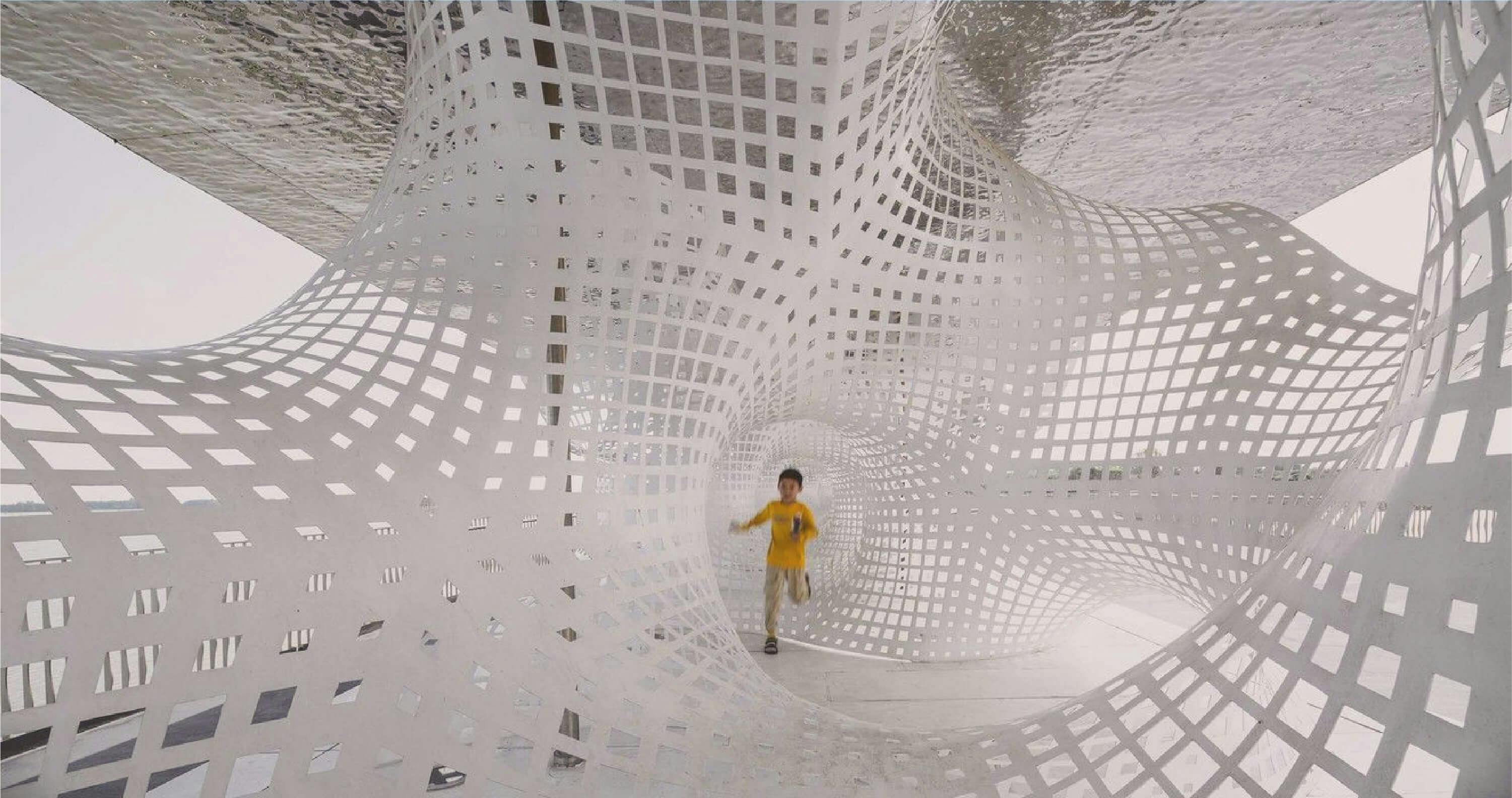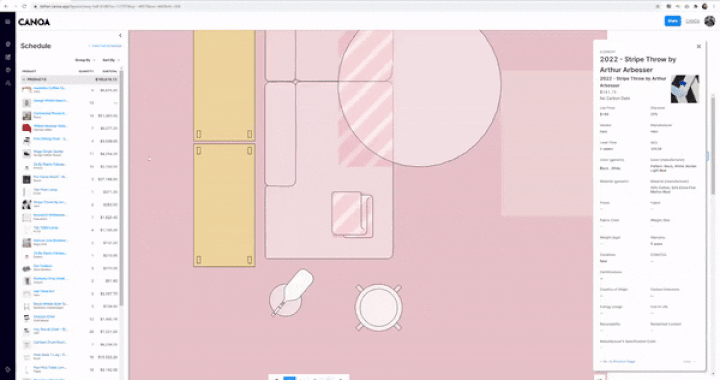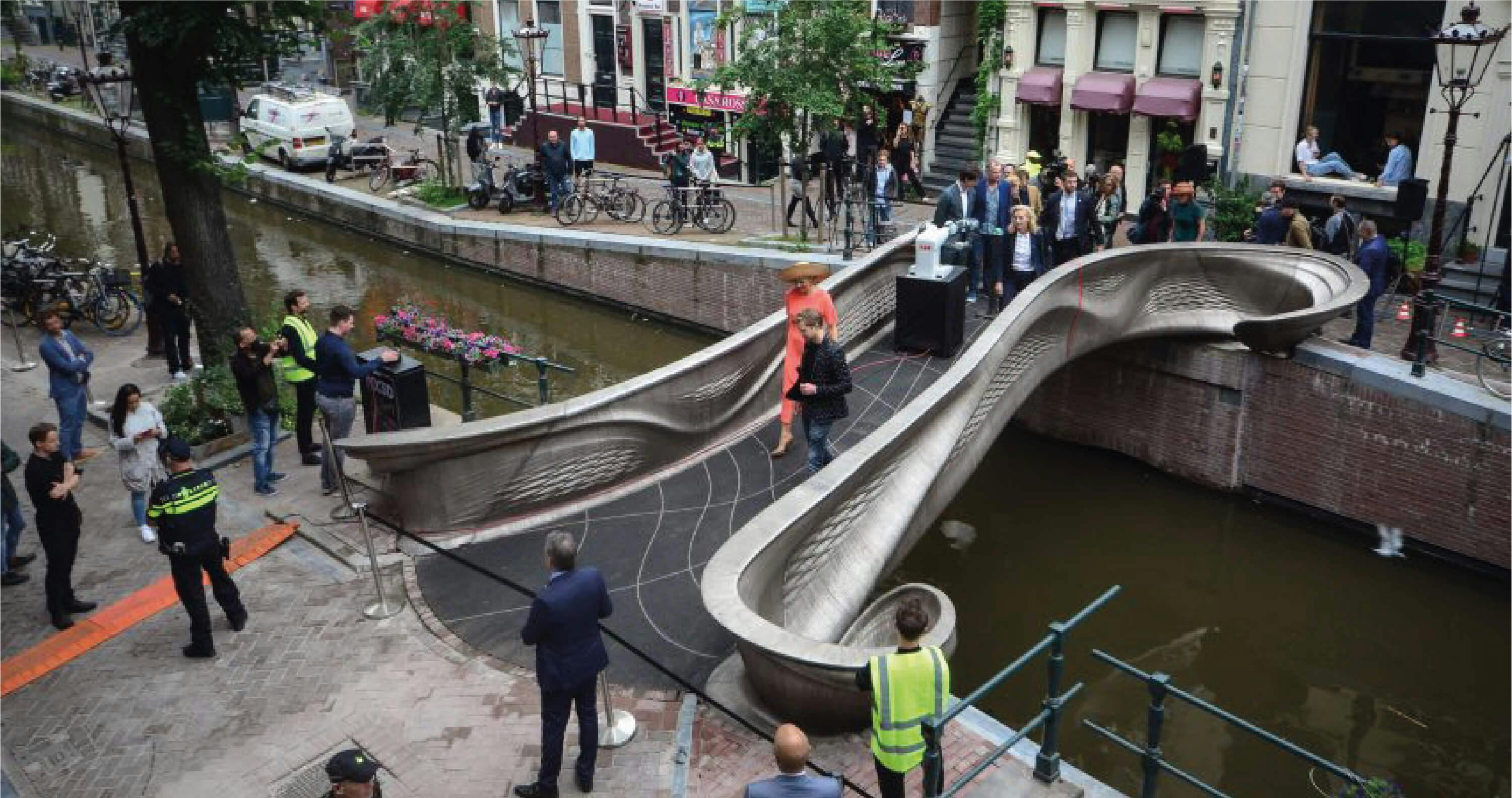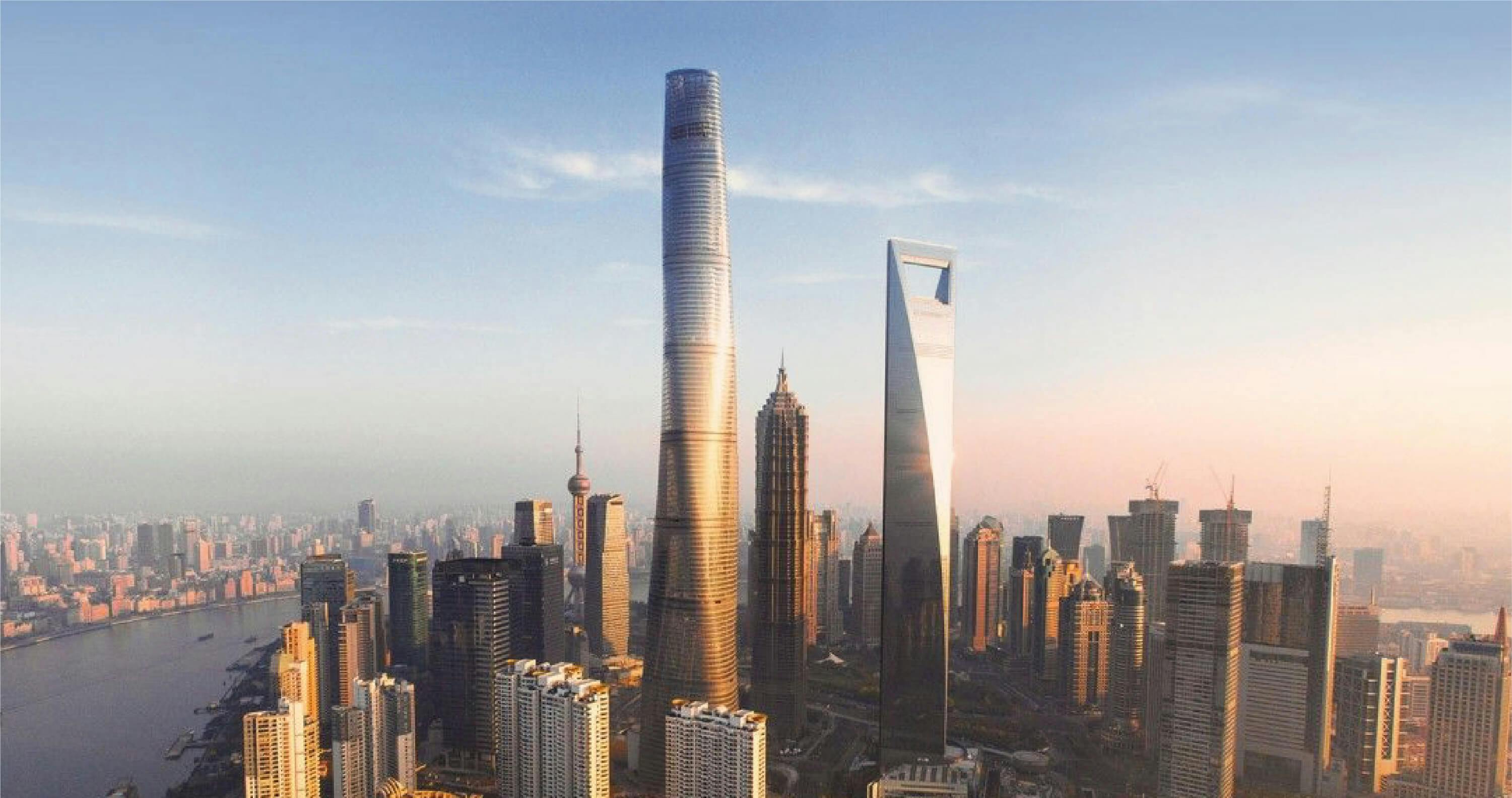When Architecture and Technology Merge: 5 Ways Technology is Improving Architecture

Mar 9 2022
Over the centuries, architecture has grown in leaps and bounds thanks to technological advances. From the arch developed by the Romans to the introduction of steel during the Industrial Revolution, innovations in architecture have always closely followed advancements in technology.
The latest innovations in technology have created another shift in the architecture world. With new applications, services, and products today, the role of technology in architecture in 2021 is hard to overstate.

CANOA Design Platform (Product in screen by Hem, HAY, Flos, and Emeco Industries)
These innovations in both the processes and results have disrupted the industry and enabled new and unexpected directions in architecture. In the past, the business models for architecture revolved around meeting finite and exacting deliverables. The archaic systems, methodologies, and means of communication were limited and challenging to scale across projects. It resulted in difficulties in improving quality and wasted time on non-essential tasks.
However, the latest evolution of technology has changed all of this. It continues to replace the traditional, inflexible design systems with ones that better fit the contemporary world. These technological revolutions enable architects to be more agile, innovative, and collaborative than ever.
Here are some of how architecture and technology continue to merge and the benefits they can offer to firms that choose to embrace them.
How Technology Affects Architecture
Although technology has always been at the forefront of architecture, the speed of changes has made some firms fall behind and fail to take advantage of the multiple benefits these innovations offer. However, many other firms are leading technology and harnessing its benefits to create stronger, more collaborative, and groundbreaking businesses.
Some of the most significant benefits of the latest trends in technology include:
1: Faster Production Processes
One of the biggest obstacles for architectural firms was the time-consuming nature of traditional processes. Designing buildings was all-consuming, communication was sporadic and complex, and client changes were as inconvenient as often expensive.
However, technology in architecture has reduced the time that architects spend on the processes to better concentrate on designs and have more freedom for innovation.
For example, drawing plans has traditionally been a long and draining process. However, advances in software enable architects to draw plans in a matter of hours and reduce the tedious work when clients require changes. Artificial Intelligence and Machine Learning are reducing the bottlenecks in the modeling process and automating repetitive tasks so that architects can concentrate on the higher-value aspects of their work.
With improved drawing plans, architects have more room to spend on the more creative aspects of their work and less time on tasks not essential to their role.
2: Improved Construction Process
3D printing machines have been gaining popularity because of their ability to make small parts for machines. However, many do not realize that it can be applied to creating structures on a large scale. In fact, innovators develop 3D printers to build homes, bridges, and buildings. Although it is still in the process of being rolled out across architecture and building firms, additive design (or 3D printing at an industrial scale) provides a fast and inexpensive way to create solid and lasting structures.

A 12-meter 3D-printed pedestrian bridge designed by Joris Laarman and built by Dutch robotics company MX3D has opened in Amsterdam. Photo by Adriaan de Groot.
The rise in 3D printing is starting to blur the lines between construction and design in radical ways. It is already being rolled out in firms in China and United Arab Emirates as they begin to explore the applications of robotics and additive design. For example, Autodesk is innovating software that can make design-to-fabrication main stream
These innovations in the construction process mean that complex structures can be made in a fraction of the time and energy of traditional systems.
3: Sustainability
Sustainability is a critical aspect of architecture. Changes in regulations and consumer demand have forced many firms to reconsider how they design their buildings to cater to these changing needs.
There is a significant reason why buildings are increasingly coming under fire for their carbon footprint: 40% of CO2 emissions come from buildings, more than the industrial and transportation industries combined.
Technology is making it possible for architects to create more sustainable solutions. In particular, the Internet of Things (or IoT) enables architects to design buildings that cut down on waste. Machines and HVAC can shut off automatically when not in use, reducing their impact on energy consumption.
Many clients are now demanding IoT in their buildings. While it is possible to retrofit a building to enable IoT, it is much simpler and more aesthetically pleasing to have it designed from the beginning. As a result, many firms embracing IoT find that they are helping reduce their overall carbon footprint and meet growing market demand.
Also, a collection of tools called Ladybug supports environmental design for buildings and education. Combined with Rhino and Grasshopper, these tools allow the creation of simulation from very early design stages to predict how the building will perform in terms of energetic demand, wind, seismic, climate analysis, daylight study, and others.
It provides architects with the information they need to create durable and flexible buildings that will last and function better for years to come.

BIM Collaborate overview video, Autodesk.
Also, Building Information Modeling (BIM) enables us to be all interconnected in the cloud and work together in a unique 3D model. Touchscreen technology lets architects draw directly onto the software to translate to 3D modeling apps. If a client wants changes, they can be done quickly and easily. Plus, all plans can be updated simultaneously to be on the same page and understand what is going on with the building.
These benefits lead to better efficiency, transparency, collaboration, enhanced details, and record changes. In addition, architects can streamline to repeat their processes quickly, explore, and provide solutions with higher quality renderings.
Architects sometimes run into the problem of getting their vision across to their clients. Traditionally, they had to rely on 3D real-world models and 2D rendering drawn by hand to show the product before it was built. While they can be effective, they have limitations. For example, clients might be nervous and left wondering how the building will turn out in the end. Nowadays, we rely on virtual reality and real-time rendering tools to walk through the model and have an absolutely immersive experience of the spaces.

Residential building interior image from a 3d model, /slantis
5: Reduced Projects Costs
Technology reduces the costs of a project in several ways. From design phases to construction, we are experiencing a dramatic shift inaccuracy regarding the early stages of the projects and buildings. Thanks to BIM and a myriad of other technologies, improvements lessen the chance of miscommunications and costly changes down the road. Instead, clients can identify changes they would like before construction starts when it is more convenient and cost-effective to make them. Plus, using BIM at its fullest, you have a 3D digital twin of the building before you even put a brick in a wall. So you’re able to identify any possible problems navigating through the model/s.

https://www.magicad.com/en/blog/2019/03/bim-lower-lifetime-cost-facility-management/
Also, changes can be made with the click of a button, and everything is updated accordingly. Not only does this save firms time, but money as well.
Other technology sources will also make the process faster and easier, resulting in reduced costs. 3D printers, for example, will reduce the costly time and energy needed to get materials, leading to overall reduced costs of projects.
Harness the Benefits of Technology for a Stronger Architectural Future
Technology and architecture have long gone hand-in-hand and merged often. Innovations in technology have led to better, more durable, and innovative buildings. It has improved structures, solved age-old problems, and brought about a higher quality of life.
With the rapid evolution in technology today, architecture is poised for a dramatic shift. Companies that don’t embrace technology and remain stuck with the old ways will not survive. Leaders need to think beyond and embrace technology to its fullest. Adopting technology is not about buying new software but thinking digital. Once this is achieved across the AEC industry, we’ll create a better future for everyone and, as a result, positively affect civilization.